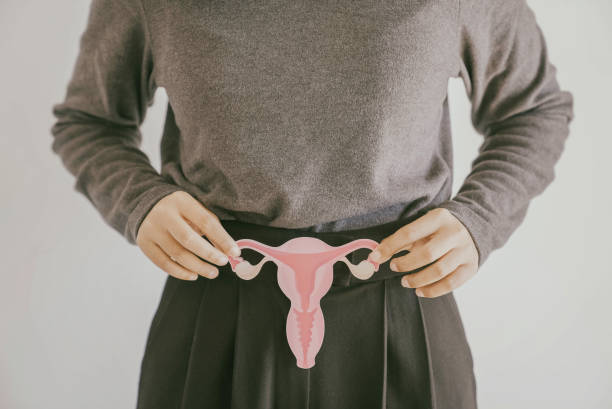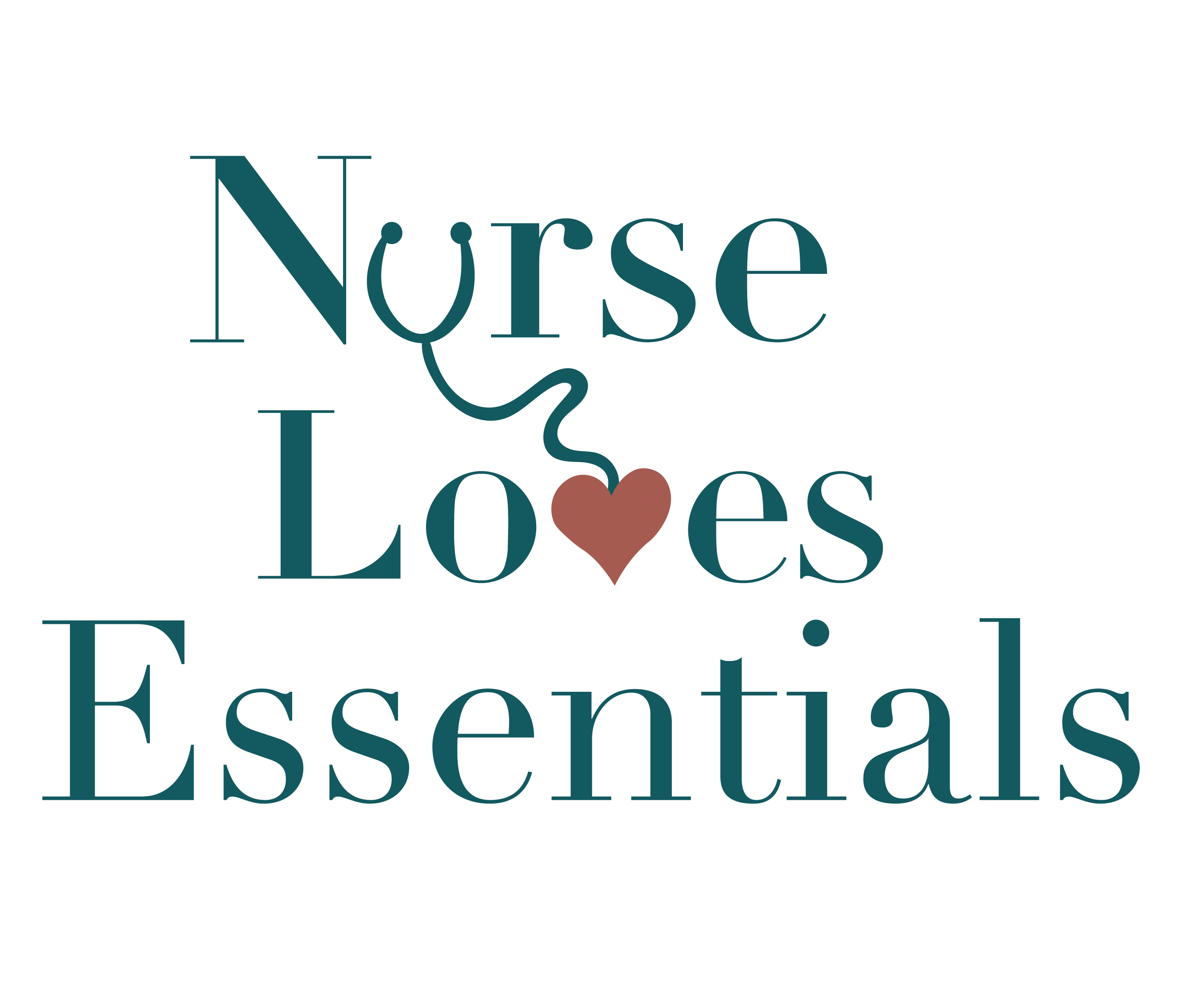
There are so many myths about endometriosis based on people’s opinions and wrong knowledge that it is difficult to know the facts about endometriosis.
Indeed, symptoms may vary in frequency and severity, but there are some underlying facts about endometriosis that cannot and should not be disputed.
When dealing with chronic illnesses, it is essential to get the proper knowledge of what they are, the symptoms, and the safe treatment options (medical or holistic) available. This is the first step towards appropriate management of the disease.
In this post, I’m sharing twenty-one (21) facts about endometriosis you didn’t know (or maybe you do). These facts are verified from different sources and will give you more insight into endometriosis.
My goal is to make sure you can spot an endometriosis fallacy from a mile away.
RELATED POSTS:

Overview of Endometriosis.
Endometriosis is a painful chronic condition that affects women of reproductive age. It occurs when the normal lining of the uterus, called the endometrium, grows outside the uterus. In a real sense, the endometrium isn’t precisely what grows outside of the uterus. Still, these growths are said to contain cells closely similar to those found in the endometrium, which is why they are usually referred to as abnormal endometrial growth outside the uterus.
In endometriosis, the growth might not be as problematic as the effect. When a woman experiences her menstrual cycle, the endometrium thickens and then breaks, resulting in the menstrual flow of blood. The same happens with the endometrium outside of the uterus; they also thicken and break, but the blood cannot be discharged through the vagina.
This results in scarring, adhesion, cysts, and inflammation of tissues and sometimes organs surrounding the area of endometriosis. The scar tissues formed can also build up after an extended period and fuse organs.
Endometriosis affects 1 in every 10 women of reproductive age. While there are no exact known causes of the condition, there are several theories, including mutation of the cells, transfer of endometrial cells via the lymphatic system, and even retrograde menstruation.
Symptoms of endometriosis may include heavy bleeding, painful periods, severe back pain, painful sex, lower abdominal cramps, painful urination, and infertility.
Diagnosis of endometriosis involves your doctor taking a record of your symptoms. If endometriosis is suspected, they might want to confirm the diagnosis through pelvic examinations, CT scans, ultrasounds, and, often, a laparoscopy.
Why do you need the right information?
In treating any chronic condition, it is crucial to be armed with the proper knowledge of the disease because it is essential in effectively managing the symptoms and the general well-being of your body.
Knowing verified facts about endometriosis will help you better understand the disease and the proper ways to manage your symptoms and also help your mental health.
Most myths are usually highly negative or positive, which might affect your mental health, especially when you discover that things were not the way you thought.
In conclusion, the first step to adequately managing your chronic condition is learning actual, verified facts about it.

Interesting facts about endometriosis you didn’t know.
Here are some interesting facts about endometriosis:
1. Endometriosis pain is not normal.
One of the problems women dealing with endometriosis usually face is when people, including doctors, try to ‘normalize’ the pain they feel and classify it as normal. This makes it difficult for most women to get a proper diagnosis and contributes to the extended period (up to 7 years) it takes to get an endometriosis diagnosis.
There is a difference between normal period cramps and endometrial pain. If you feel that the pain you experience is beyond period pains, you are free to seek out other specialists’ opinions.
2. Endometriosis diagnosis is not simple.
The definitive diagnosis of endometriosis is a laparoscopy or a biopsy. Laparoscopy is a non-invasive surgery, while biopsy is invasive. The method of surgery depends on your doctor, but at the end of the day, diagnosis goes beyond symptoms and blood tests.
Usually, doctors use this approach when all your symptoms point to endometriosis. If unsure of your doctor’s suspicion, you can seek a second opinion before agreeing to surgery.
3. Endometriosis is not psychological.
Endometriosis is not a psychological disease, although it can affect patients’ mental health. It is a scientifically proven chronic condition that affects 10% of women worldwide who are in their reproductive age, and 11% of women between 15 to 44 years old have endometriosis in America.
4. Endometriosis pain varies in severity.
People who do not have endometriosis cannot imagine the severity of the pain experienced by people dealing with it. Endometriosis causes severe pain because of the abnormal shedding of endometrial tissue into the abdominal cavity. This abnormal shedding can result in inflammation, painful lesion, adhesion, and even fusion of internal organs, which leads to more extreme pain.
5. Women with endometriosis can have children.
This is one of the proven facts about endometriosis.
Although there is a staggering 30%-50% prevalence of endometriosis with infertility, there is still a possibility of having children even with endometriosis. The first step is to avoid hormone therapy for endometriosis because while it can be effective, it could also impair your ability to conceive. Some women with endometriosis get pregnant without trying, and some can also get pregnant with deliberate medical care.
Your doctor can closely work with you and help you find the best ways that can increase your chance of getting pregnant.
6.There is no cure for endometriosis.
There is no cure for endometriosis; at least, not yet!
Some chronic illness support groups or websites might want to deceive you into thinking there is a cure for endometriosis, but there isn’t any scientifically proven permanent treatment.
However, there are ways you can live with endometriosis and manage its symptoms efficiently, although what works for one might not necessarily work well for others.
Some people believe that hysterectomy (removal of the uterus) provides a permanent cure for endometriosis, but symptoms can resurface even after a hysterectomy. In a study, 62% of women still had endometriosis symptoms after removing the uterus while leaving the ovaries.
7. March is national endometriosis awareness month.
Endometriosis awareness month is March, and it was started in 1993 by the Endometriosis Association, although now, it is a globally observed event filled with education, fundraising, and marches.
Yellow ribbons are used, and the organization offers free worldwide distribution.
8. Endometriosis is not preventable.
There is no way to prevent endometriosis, so if you are diagnosed with endometriosis, there is no reason for you to feel guilty about it. You are not at fault.
9. Endometriosis can be successfully managed.
An endometriosis diagnosis is not the end of the world. If you have an endometriosis diagnosis, you should know there are different ways to successfully manage your symptoms with minimal interference to your daily life.
You should see a specialist and discuss the several options available you might want to try out—ranging from medications and alternative therapy to surgery.
10. Teenagers can have endometriosis.
Endometriosis is not limited to married women or women above 20. Teenagers can also be diagnosed with endometriosis as long as they have started their period.
When endometriosis occurs in teenagers, it is usually more difficult to diagnose because most physicians write the symptoms off as period pain, which is why most women get diagnosed in their twenties.
11. Endometriosis pain is not equivalent to its severity.
The pain you feel with endometriosis does not equal the disease’s severity. There are different types of endometriosis based on the location of the growth. Some endometriosis affects the bladder, bowels, ovaries, and upper abdominal cavity. That you often experience severe pain does not mean you have a severe case of endometriosis.

12. You can get pregnant naturally, even with endometriosis.
Only 1 in 3 women with endometriosis experience fertility issues, meaning that the other side of the ratio might not have any problem getting pregnant, even without medical intervention.
13. Pregnancy cannot stop endometriosis symptoms.
Some people believe that pregnancy cures endometriosis, but this is all a myth. Although pregnancy is not a cure for endometriosis, patients might be able to experience reduced symptoms while pregnant. However, it means that after delivery or breastfeeding, you might experience a relapse.
14. Endometriosis’s cause is unknown.
The cause of endometriosis is unknown, which is also what makes it an unpreventable condition. However, several theories have suggested that it might be genetic or happen due to mutations or cell transfer.
15. Endometriosis is not the same as uterine fibroids.
Although uterine fibroids also develop from the endometrial cells, they differ from endometriosis. Uterine fibroids remain inside the uterus, while endometrial growth can be found in several internal organs, both in the abdominal and pelvic cavities. They also result in internal bleeding due to the thickening and shedding of the endometrial tissue.
16. Sexual activities do not cause endometriosis.
Endometriosis is not caused by engaging in sexual practices or having multiple sexual partners; it is simply not caused by sex. Several factors have been suspected of causing endometriosis, including retrograde menstruation and genetics, but sex does not correlate with endometriosis.
However, people living with endometriosis might experience painful sex as one of the symptoms.
17. Endometriosis lesions can be found anywhere in the body.
Although lesions caused by endometriosis are primarily found in the pelvic and abdominal cavities, they can develop anywhere in the body. It can be seen in the lining of the liver; in rare cases, it can even be found in the brain, resulting in seizures whenever the person is on her period.
18. Menopause can cause a stoppage of symptoms.
Although this isn’t applicable in all cases, only 2%-5% of women experience endometriosis after menopause. In cases where your endometriosis symptoms do not stop after menopause, it is best to consult your doctor and seek appropriate treatment options.
19. Birth control pills can lessen symptoms.
Birth control pills can be effective in managing the symptoms of endometriosis. This is because endometriosis is a hormone-related chronic condition, and using hormone-based contraceptives might be effective in endometriosis pain management.
20. Endometriosis can be asymptomatic.
About 20-25% of women do not experience symptoms of endometriosis. There is no known reason for this.
21. Endometriosis is not an infection.
Endometriosis is not an infection, and infection does not cause it. Endometriosis differs from endometritis, an infection of the endometrium that can be transmitted through sexual intercourse.
Tips for living with endometriosis.
Here are some tips for living with endometriosis.
Join a chronic illness support group.
Chronic illness support groups are vital to anyone living with a chronic condition because they offer mental and physical support. You get surrounded by people who know and understand what you’re going through.
Practice self-advocacy.
Learn to speak up for yourself with your doctor, friends, or employer. No one can understand what you’re going through except yourself, and you know best how and when you need help.
Learn and unlearn.
Commit to learning about your condition, the proven facts about endometriosis, and what is real and what isn’t. You should be able to know the things you should expect and the abnormal things.
Rest appropriately.
One of the best ways to manage a chronic illness is to give your body time to rest appropriately.

Getting the right information is the first step to treatment or, in this case, management. Imagine getting diagnosed with endometriosis after hearing the myth that endometriosis is deadly?! The devastation and mental stress you will experience will be on the high side.
The wrong information can be disastrous if someone is prone to a mental breakdown.
The facts about endometriosis are numerous, and I couldn’t possibly cover it all in a single blog post. However, I’d advise that you seek out your gynecologist, primary care provider, or legit sites whenever you have questions about your diagnosed condition.
A chronic illness support group is also a place you can go when you need credible information about your chronic condition.
How many of these facts about endometriosis did you know before? And how many were you seeing for the first time?
READ ALSO: Easy tips for living with endometriosis | causes & types




0 Comments